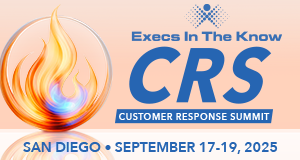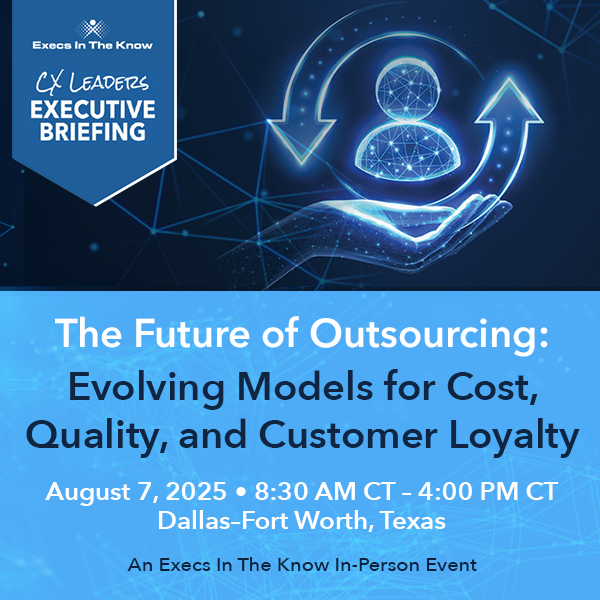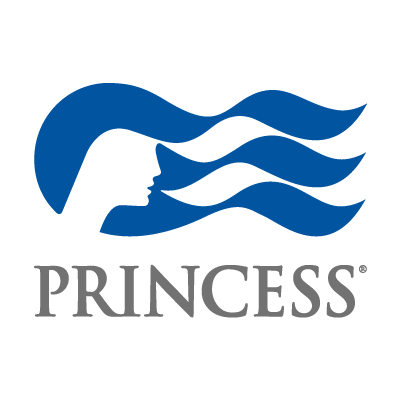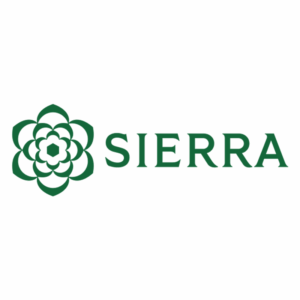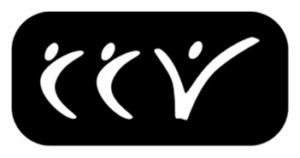On June 10, 2021, Execs In The Know hosted the Enabling Work-From-Home Briefing, an exclusive, virtual event dedicated to exploring “must-haves” and best practices for achieving long-term work-from-home (WFH) success.
The event, which was co-hosted by Ebrahim Hyder, Vice President, Customer Service at Michael Kors, and Chad McDaniel, president of Execs In The Know, featured a host of industry experts representing top CX providers, including Conduent, Liveops, Sykes, Concentrix, and NICE, as well as dozens of practitioners from some of the world’s top brands.
Although the conversation ranged across a variety of topics (all related to WFH), the overarching theme was pointed toward identifying the most critical pieces for achieving long-term WFH success. This blog post is dedicated to surfacing four of the most notable ideas from the conversation — call it the four “must-haves” for creating successful WFH programs and partnerships.
#1 — Invest in Essential Technologies
Technology is what makes the modern contact center go vroom, but what about when the contact center is no longer centralized nor office-based? What happens when each workspace is as varied and diverse as each agent’s unique home and specific living situation? This is where technology can level-set conditions and build parity into every customer experience.
Two of the most important types of technology for creating a secure, effective WFH program include Security and Communication Technologies.
Security Technologies
When we talk security, what we’re really referring to is customer data and information security. Tools for protecting customer data are an important aspect of the contract center, especially when that contact center is dispersed throughout the homes of hundreds or even thousands of individual agents. Here are some of the most widely used security technologies, and what they do:
- Multifactor Authentication — Secures online tools and logins using multiple passwords and/or devices to confirm the identification of a user.
- Biometrics Identifiers — Uses biological identifiers (such as fingerprints, facial, or voice biometrics) to limit access to approved users.
- Masking and Redacting Technologies — Shields sensitive information (such as financial or health information) from frontline workers.
- Virtual Private Networks (VPNs) — VPNs are useful for protecting the flow of data across a network using special encryption, providing security and privacy on both public and private connections.
- Hardware Security — Adds an additional layer of security to prevent unauthorized access to laptop and desktop computers, mobile and other devices; can even include tracking software to protect against theft.
Communication Technologies
Throughout the conversation, communication was mentioned time and again as a critical enabler in a variety of core areas, from program performance to team engagement. Many brands have reinvented not only how they connect, but also how often, in what ways, and with what purpose. Today, great communication starts with great communication tools. Here are the basics:
- Video and Chat Platforms — Platforms like Zoom, Microsoft Teams, Slack, Skype, and others are essential for staying connected, remaining engaged, and managing effectively.
- Content Sharing Tools — Office-based servers have been replaced by cloud services like Dropbox and SharePoint, and these tools are especially useful for dispersed workforces.
- Knowledge Databases — In addition to content sharing tools, agents rely on databases for accurate, up-to-the-minute information; given the remote nature of the workforce, these resources are more important than ever.
- Quality/Coaching Software — Relying on existing programs has been a challenge for some organizations, while others have been able to adapt. Whether your Quality Assurance and coaching tools are purpose-built or not, continuous improvement is crucial to program success.
- Socialization Platforms — Employee engagement is vital for many reasons, including wellness, cultural emersion, and engagement. It’s tough to feel part of a team when working remote but socializing platforms and programs can help build team unity and cohesion.
#2 — Set Expectations, Then Inspect for What’s Expected
With a little over a year’s worth of experience under our belts, we’re all familiar with working from home at this point, including those agents who have been around since the start of the pandemic. Still, setting clear expectations is paramount to creating and sustaining a productive, high-performing WFH program. Things like work schedules, productivity levels, key measurements — even rules for the agent’s workspace — are all important guideposts for maximizing agent value, especially for new hires.
But it’s not enough to set stakes in the ground. If certain goals are in place, if certain rules are to be followed, verification is an important piece of the puzzle. In other words, meeting objectives requires both clear communication of expectation, as well as dedication to putting forth the effort needed to inspect for what’s expected.
#3 — Understand Workforce Transformation
During the discussion, several leaders pointed to disruptions in the labor market as a significant challenge heading into the summer months. Labor shortages are being observed across industries, driven by several factors including worker hesitation due to the pandemic, generous unemployment and stimulus payments, and ongoing childcare challenges.
Adding to this mix, several industries are all trying to staff up at exactly the same time. Industries like travel and hospitality, dining, and entertainment are all reopening and re-ramping concurrently. Even within the CX sector, competition is fierce, pay scales are rapidly rising, and companies are introducing all sort so new incentives and sign-on bonuses to attract the very best workers. Brands should seek to understand what’s being offered by the competition, as well as what’s occurring generally, both within and outside of the CX industry.
On the flip side, the nature of WFH has liberated many programs from the confines of any specific geolocation. This means programs are free to scout in and hire from areas far beyond the traditional boundaries of existing brick-and-mortar locations. The brands and partners that can best capitalize on this fundamental change in recruiting and hiring stand to grab the best and brightest.
#4 — Build Partnerships
If the pandemic showed the CX industry one thing, it was the importance of relationships, specifically the one between BPOs and their clients. It’s no longer enough to find a good vendor. Buyers of BPO services should have the loftier goal of finding a great partner.
What’s the difference between a vendor and a partner? A partner is looking to build and grow something. Often this means establishing practices that benefit not only the BPO, but their client and, most importantly, the customers of their clients. Business partners are also willing to go above and beyond for the good of the program. Innovation, ingenuity, and deployment of a “whatever it takes” approach were some of the hallmarks of success in looking back at the initial pivot to WFH. Such stories were most common among those clients and their BPOs that viewed their working relationship as a partnership.
……………………………………
Are you a CX leader looking to learn from your peers, as well as top industry experts? We invite you to visit our Events Page to learn more and consider joining us for our next event. Be sure to check back often as new information is constantly being added, including details on our upcoming Outsourcing Briefing, scheduled for December 10, 2021.
Interested in sponsoring an upcoming Briefing? Visit our Supplier Engagement portal to learn how you can participate in our next event.
Blog post, written by: Execs In The Know


